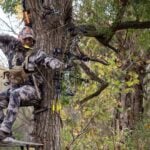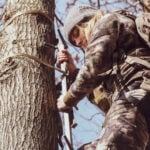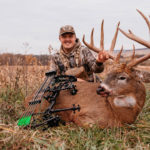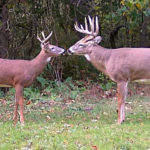Deer Hunting Strategies
The little farm wasn’t much, just 350 acres or so, and it was surrounded by much larger farms on three sides and separated from a state park on the other by a meandering stream about the width of a fancy double wide.
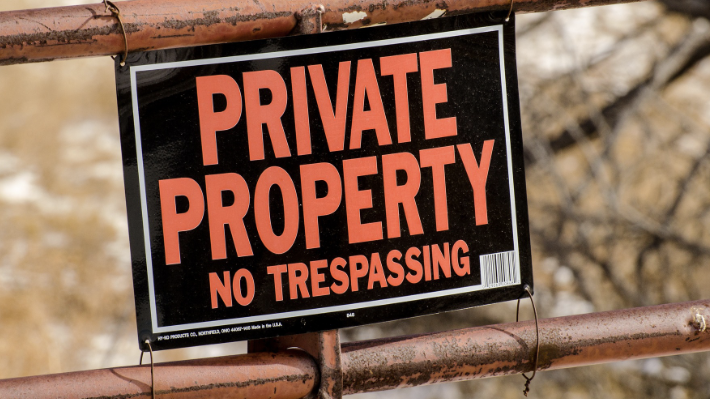
The other farms grew lots of good food, corn and soybeans and carrots, so of course the area’s deer spent lots of time on the wrong side of the fence.
A married couple were both working folks and serious deer hunters. They made a decent living, he was a mechanic and she was operating her own cleaning service, but they didn’t have the scratch for leasing neighboring farm hunting rights or lots of improvements on their own land.
But they had some oaks and some thick bedding cover, and they grow a few crops, too, so they had some deer living on them as well.
Amazingly, the two consistently shot as big, if not bigger, bucks than anything taken on the neighbors. One of the neighbors offered guided hunts, and so they did it all – created food plots, set trail cameras, had guides scouting and hanging stands.
When first arriving at their place one might think to himself, how in the Wide, Wide World of Sports will I ever get a crack at a decent deer with all the local competition?
He always said, “remember what they told us when we started backpacking the Sierra’s back in the 1960’s? Leave your footprints and nothing more. That was our mantra, and interestingly, it has also proven to be how we shoot mature deer on our little farm. We let the other guys torch up their own property, and we reap the benefits.”
At first thinking about it, perhaps there had been a little too much pill popping back in the season of love. The only way to do it was to hunt the place as he instructed. It was a while ago, but an unforgettable education.
To Plant or Not to Plant
If you have a small block of land to hunt with big agriculture nearby, there is no way on the planet you can plant enough food plots to compete with the other guy, so don’t try.
Does that mean you should not provide some food for the local deer? Of course not. It just means that you will not be able to draw and hold the majority of the area’s deer onto your land no matter what you do.
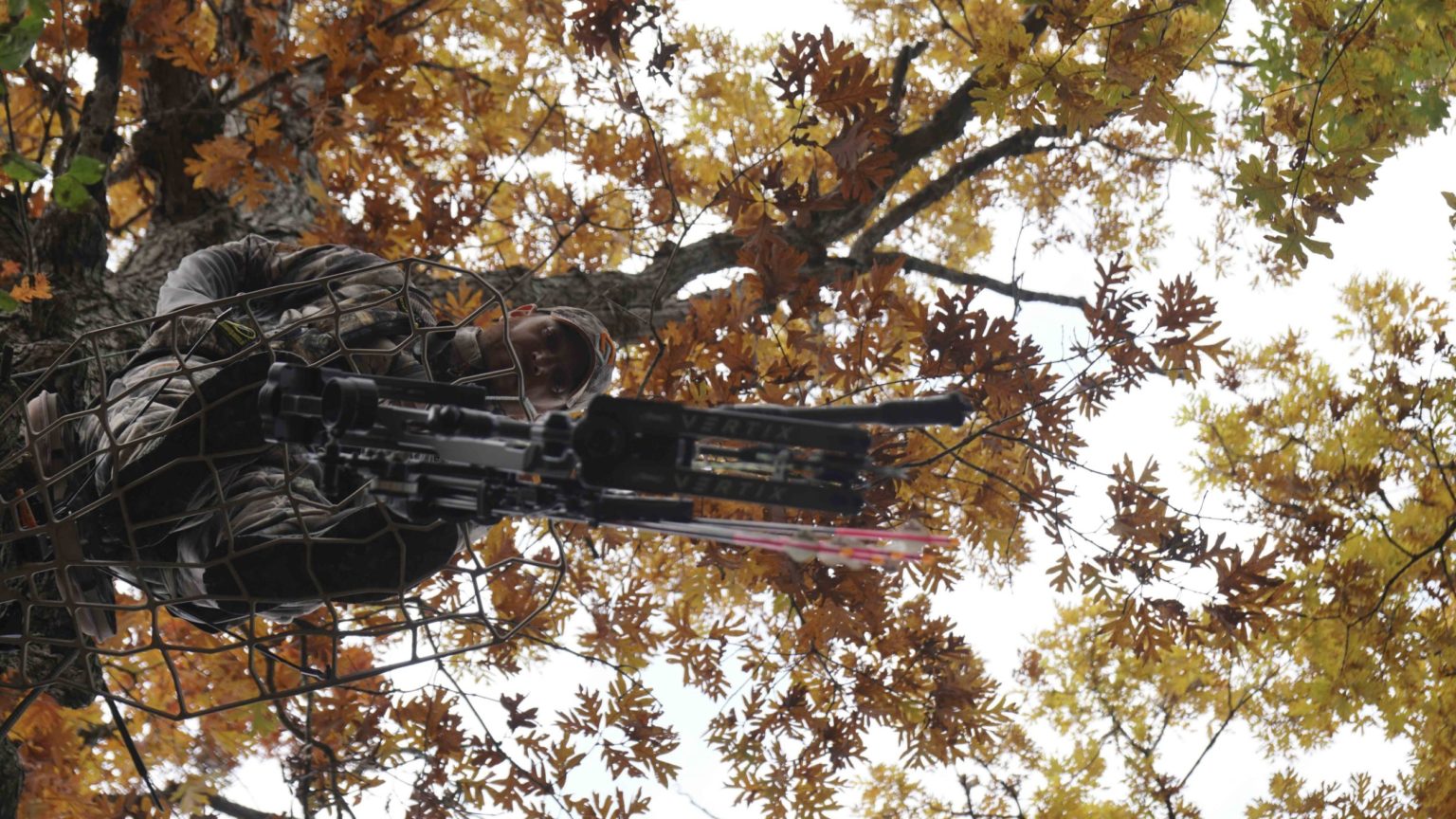
A better plan is to strategically plant crops that supplement what you have naturally and, if possible, provide food when the neighbor’s have already harvested theirs.
“We have a few turnips and some late corn planted,” said the husband, “and we do that in the hopes that there will be at least some of it left during the late season, after the big farmers are done cutting their crops and the weather gets cold. That way we can feed and draw a few deer to our side of the fence for late-season hunts.”
The pair also cut small food plots inside their timber block, but that has produced mixed results. “The deer usually hammer the smaller plots before the plants have a chance to mature, so we’ve found these are not really a factor for us,” he said.
“What it did do was clear out some small openings among the thick cover, which makes for some additional edge cover that we do deer hunt along the dirt track running through the trees. We’ve found the bucks like to scrape and rub along that track, and it can be good hunting in there during the deer pre-rut and rut periods.”
She also decided to try planting some fruit trees that provide fruit for them and also gives the deer something different from the field crops found on the neighbor’s farms.
“Apples have proven to be deer magnets at certain times, and our little apple grove is a good spot to set up when the fruit starts dropping,” she said. “It is a sweet food they can’t get anyplace else, and the deer really seem to like it.”
Setting Up the Deer Hunt
He has both aerial photographs and topographic maps of the property. They have also walked every square inch of the place.
Thus they are very familiar with the terrain features that naturally funnel deer movement both on their own land, and those trails leading off (and onto) the property.
“We have mapped out some traditional old buck rub lines, know where bucks like to scrape, and also where they like to bed,” he said.
“We have also prepped more treestand sites than possible to remember without looking at the maps. In summer we go out and hang treestands, do a small bit of shooting lane trimming, then get the heck out of the woods. We do not really need to do any in-season scouting. In fact, to me that is really counterproductive. Because the land mass is so small I would rather hunt an established stand I know I can access and egress without alerting any deer, even if it is not in exactly the right spot at the moment. If I do not screw things up, sooner or later it will be.”
In summer they do a few small things to help their habitat become more productive. One is to fertilize an oak or three and leave the surrounding trees alone.
“We’ve found that the trees we feed usually produce more and sweeter acorns than those we leave alone,” he said. “I also do it with the apples. Then when the nuts and fruit start dropping I hunt the sweetened trees first, and am often amazed at how many deer I see under them.”
Deer Hunting Strategies
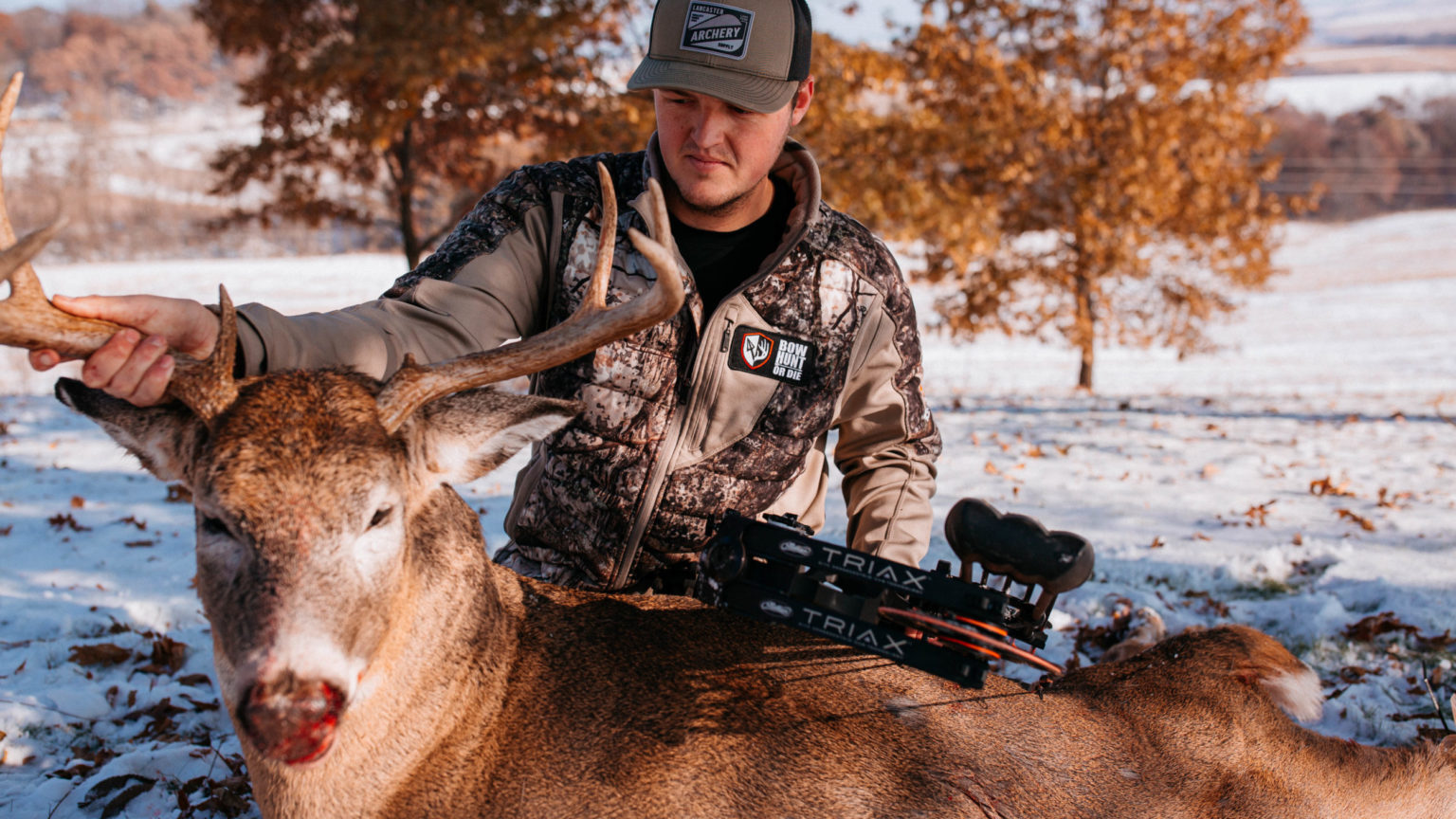
He has some stringent rules for hunting his place, all based on the theory that on a small block of land you cannot afford to educate any deer if you want to be consistently successful.
- “You will follow a meticulous scent control program if you hunt here,” he said. “Every time you hit the woods you’ll be showered and wearing clean clothes. You’ll spray yourself and your gear liberally with a quality scent-eliminating spray before you leave the road.
- “You will enter and leave the woods silently — no banging gear, no noisy ATV, no talking, nothing,” he continued. “When you get up and down the tree you will take every precaution to do so silently. Leave footprints and nothing more, remember? It’s critical.”
- “Once in the treestand, you will not fidget about like a small child in church,” he said. “We have our treestands set up in as much cover as we can give them, but when the leaves start dropping you have to remain still or deer will pick you off. Once they do, that stand is burned for a goodly period of time.”
- “No gimmicks. By that I mean no deer decoys, no calling, no scents,” he continued. “I know these can be dynamite tactics at times, but I also know that there are times when all three techniques can terrify deer. My only exceptions are during the rut, when I may carry a doe bleat or grunt call I use if I see a buck cruising out of range, but I use it softly and judiciously. I also will employ some doe estrus scents along a couple of travel corridors leading from the fence line to the interior of the woods.”
- “You have to hunt only when the wind is exactly right. You cannot cut any corners here. If the wind is squirrelly or just isn’t right for a particular treestand, you just do not go there. We have stand sites set for most every wind condition, so even if you cannot hunt the exact spot you’d like on a given day, you still have more than one option.”
The Neighbor Factor
Naturally on a small property the neighbors will be a factor. There are three main ways they can affect your own hunting – their hunting pressure, whether or not they practice any sort of quality deer management practice, and whether or not they respect the fence line.
“I love it when the neighbors hunt their land hard,” she said. “Sure they shoot some deer, but they also send a bunch of petrified deer over to live with us. This is one reason my husband is so adamant about using a low-impact approach to hunting. Many of the deer we hunt during season have already had that first hellish encounter with people, so their spider sense is already tingling. On the other hand, what we are trying to do is create a quasi-deer sanctuary where these pressured deer can come and feel safe and secure.”
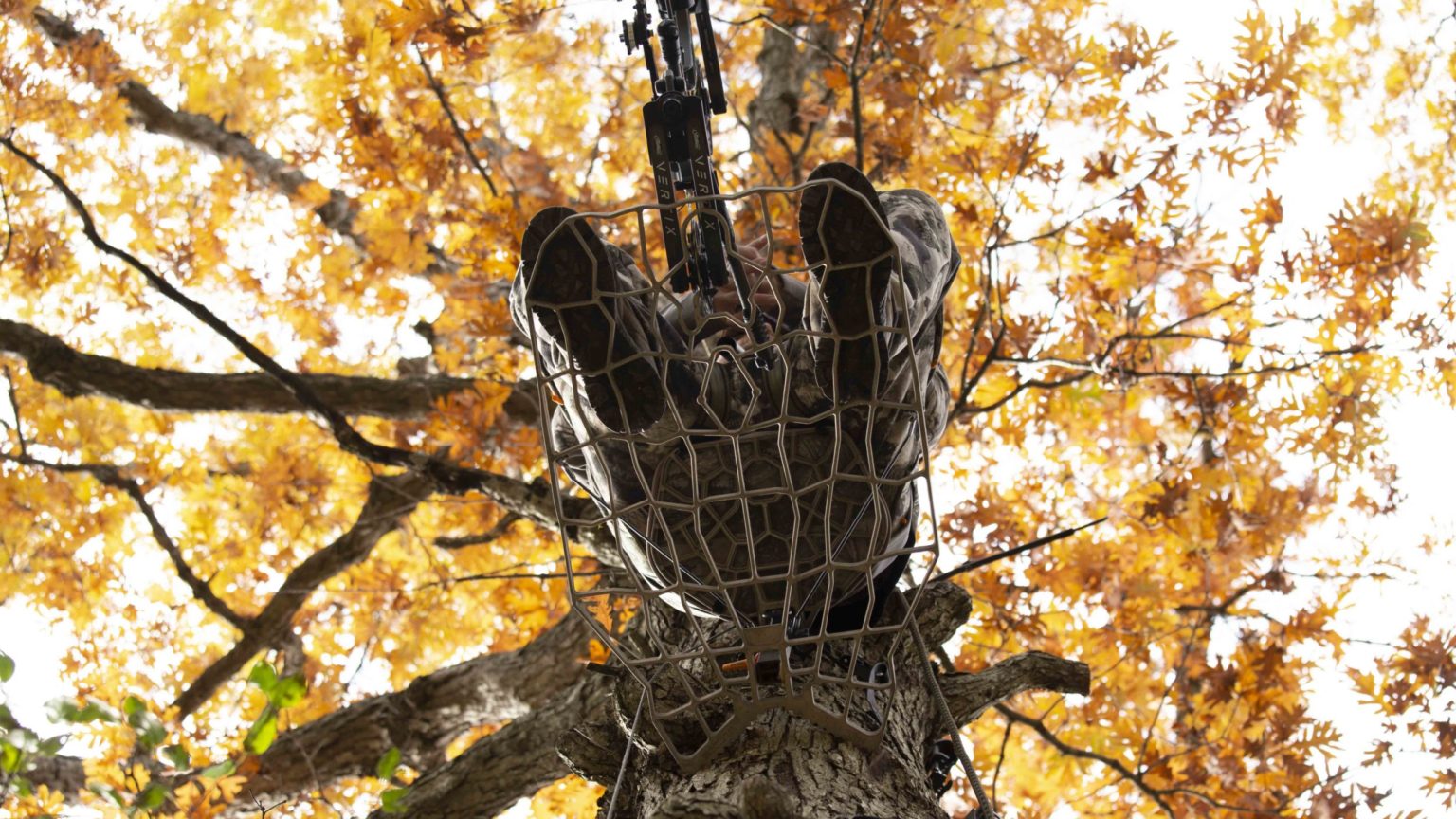
It also makes little sense for the duo to practice QDM if the neighbors do not also do so. “We all know about deer dispersal and how mature bucks roam all over the place during the rut,” Doug said.
“Our little local deer herd is small and there’s no doubt the bucks travel far and wide at times. We try and not shoot any bucks under 3 ½ years of age and we do our share of doe control, but our neighbors do more talking about QDM than practicing it – especially the guys who have guided clients who paid to shoot something. We do the best we can but are not obsessed with it.”
Then there are the poachers and, as he likes to call them, the fence sitters. “Why is it that we have this little block of land and one of our neighbors has five times as much, yet they have to erect treestands right on the fence line?,” he asked.
“I purposely do not hunt the fence line, but I do check it every now and then to make sure the standers are on their side of the line. Also, my neighbors and I get along fine, but they know if one of their fence sitters shoots across the fence and hits a deer we are going to have problems.”
“And, of course, every now and then we find trespassers on our land,” she said.
“Sometimes they are clients of the outfitter who honestly got lost and that’s OK, but usually they are people from out of the area who just don’t have a place to hunt. One of the things we do during season is patrol the boundary semi-regularly. We also have a few well-hidden trail cameras that can catch someone coming and going. It’s a pain, but this is part of the deal nowadays so we take it with a grain of salt.”
A Step Further
Since those days deer hunters have had the opportunity to hunt countless farms just like Doug and Janet’s. Those farmers that were serious about their deer hunting employed some, if not all, of the same practices.
Perhaps the most important of them are keeping human pressure as low as possible, not overhunting individual treestands, and creating a mini-sanctuary for the deer.
Just last fall a hunter was hunting a spot in southern Kansas using the same principles. The guy’s place is one long cottonwood river bottom the deer use mainly as a travel corridor between a huge neighboring with lots of corn and winter wheat on one end, and a city-owned sanctuary area in which they bed.
The hunter has several treestands set along the bottom and rotates where he sits daily, never calling or rattling and ever using attractant scents.
He makes sure he ghosts in and out of his stands, and believes that patience and persistence will pay off if he does not screw it up.
So when the old 9-point came past trailing seven does at the tail-end of the deer rut he wasn’t really surprised. The hunter took one that gross-scored 154 4/8 and was 5 ½ years old.
Who says you can’t take big old deer off small blocks of land?

